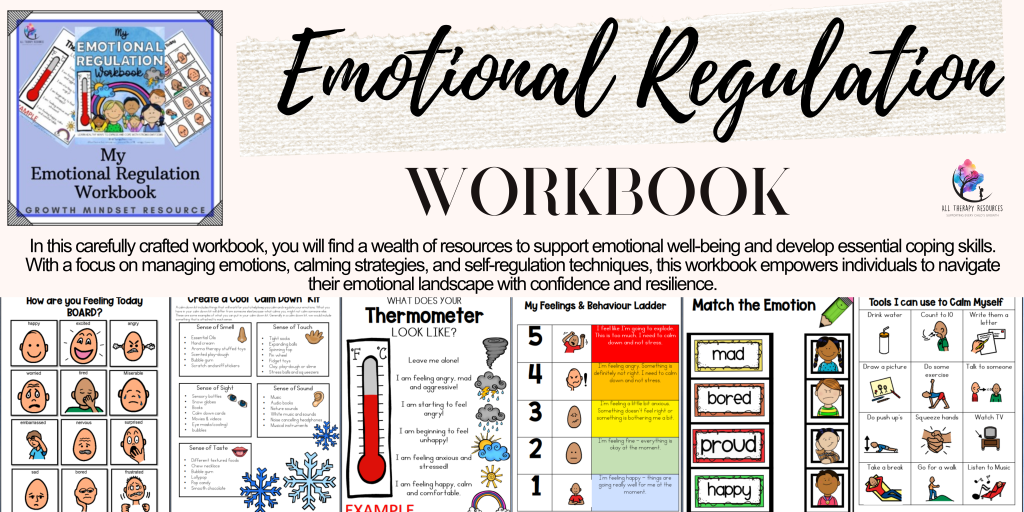How to Help Kids Understand and Manage Their Emotions

Just like us, kids are riding their own emotional waves, trying to figure out the highs and lows of their feelings, especially when they’re at school. Let’s face it, emotions can get pretty big and confusing, and for little ones dealing with all that in between classes and during lessons? That’s quite the adventure. Feelings can be huge, hard to handle, and really puzzling, especially for kids as they navigate through school corridors and classrooms.
But, that’s where we step in—the parents, teachers, school counselors, and all adults involved in their educational adventure. We act as their emotional compass, helping them figure out which way is up and how to navigate their feelings more smoothly.
So, what can we do, especially in a school setting, to help our children understand and manage these intense emotions? Let’s explore this further.

Laying the Foundation: Emotional Literacy in Schools
First things first, we’ve got to start with the basics—helping kids recognize and name their emotions. Think of it as building their emotional vocabulary within the educational context. It’s like, if you’re going to navigate the school day successfully, you need to understand your emotional landscape, right?
● Get Creative with Learning
Schools can leverage this by integrating emotional learning into the curriculum. Why not bring this to life with “My Calming Down Toolkit”? This resource is designed specifically for Years 1-3, offering engaging and interactive ways for kids to learn about and manage their emotions. Check it out here and start enriching your students’ emotional vocabulary today!
Imagine emotion flashcards becoming part of language arts, or playing emotion charades in physical education. Schools can create interactive and engaging ways to make this learning journey as enjoyable as possible, fostering a safe and supportive environment for emotional exploration.

● Storytime and Role-Plays
There’s no better way to explore emotions than through stories and role-plays in the classroom. Teachers and school counselors can select books that dive into various emotional experiences or set up role-play scenarios that allow students to step into others’ shoes. Discussing how characters might be feeling and exploring different outcomes based on emotional choices can significantly enhance empathy and understanding among students.
To support all of this, consider incorporating the “Emotional Regulation and Relaxation Poster” into your learning environment. This poster provides a visual reminder of different strategies students can use to manage their emotions, available in three different types to suit any classroom’s style. Get yours here and enhance your emotional literacy sessions with vibrant, helpful guidance.

Emotion Coaches: The Role of School Counselors and Teachers
Now, this is where educators and school counselors step up their game. They’re not just here to teach academic content; they’re here to guide, to coach, and to support students in managing their emotions effectively.
● Validate First
In moments of emotional turmoil, such as conflicts between students or the stress of academic pressures, the first step is validation. Educators can acknowledge students’ feelings, showing them that it’s okay to experience a wide range of emotions. This approach fosters a supportive atmosphere where students feel understood and less alone in their emotional experiences.
● Problem-Solve Together
Schools can implement structured times, such as guidance counselor sessions or classroom circles, to discuss emotions and brainstorm solutions. Techniques like deep breathing, mindfulness exercises, or journaling can be introduced as tools for students to manage their feelings. The goal is to empower students with strategies they can use independently, enhancing their emotional resilience.

The Power of Emotional Modeling in Schools
The way adults in schools handle their emotions sets a powerful example for students. Emotional modeling by teachers and school counselors can significantly impact how students perceive and manage their own feelings.
● Be Real, Be Open
Educators who openly discuss their feelings, including frustrations and disappointments, can positively influence students’ emotional development. Demonstrating healthy coping mechanisms, like taking a moment to breathe or seeking support, shows students practical ways to deal with their emotions.
● Apologize When Needed
Schools that foster a culture of humility and accountability, where adults can apologize for their mishaps, teach students valuable lessons in emotional intelligence, including the importance of making amends and learning from emotional mistakes.
Consistency is Key
Emotional regulation, like any skill, requires practice and consistency. Schools that continuously incorporate emotional literacy into their daily routines and culture create an environment where students can thrive emotionally and academically. Celebrating emotional growth milestones can motivate students to keep working on their emotional skills.
Wrapping It Up
Incorporating emotional literacy and regulation into the school setting is not just beneficial; it’s essential. It prepares students not only for academic success but for life’s emotional challenges. Through patience, creativity, and consistent support, schools can help students navigate their emotions effectively, setting them up for a lifetime of emotional resilience and well-being.
This journey, while not always smooth, is one of the most rewarding endeavors educators and counselors can undertake, shaping the emotional futures of their students for the better.
Looking for resources to get you started? All Therapy Resources “Emotional Regulation Workbook” is perfect.

FAQs on Helping Kids with Emotions
Q: How early should I start teaching my child about emotions?
A: The sooner, the better! Even toddlers can start learning about basic emotions like happy, sad, and angry. It’s all about laying the groundwork for more complex emotional understanding as they grow.
Q: What if my child doesn’t want to talk about their feelings?
A: That’s okay! Encourage them to express their feelings through drawing, writing, or other creative outlets. The key is to make them feel safe and supported, no matter how they choose to express themselves.
Q: Can too much emotional talk be overwhelming for kids?
A: It’s all about balance. While it’s important to talk about emotions, it’s equally important to give kids space to process their feelings. Follow their lead, and don’t push too hard if they’re not ready to open up.














